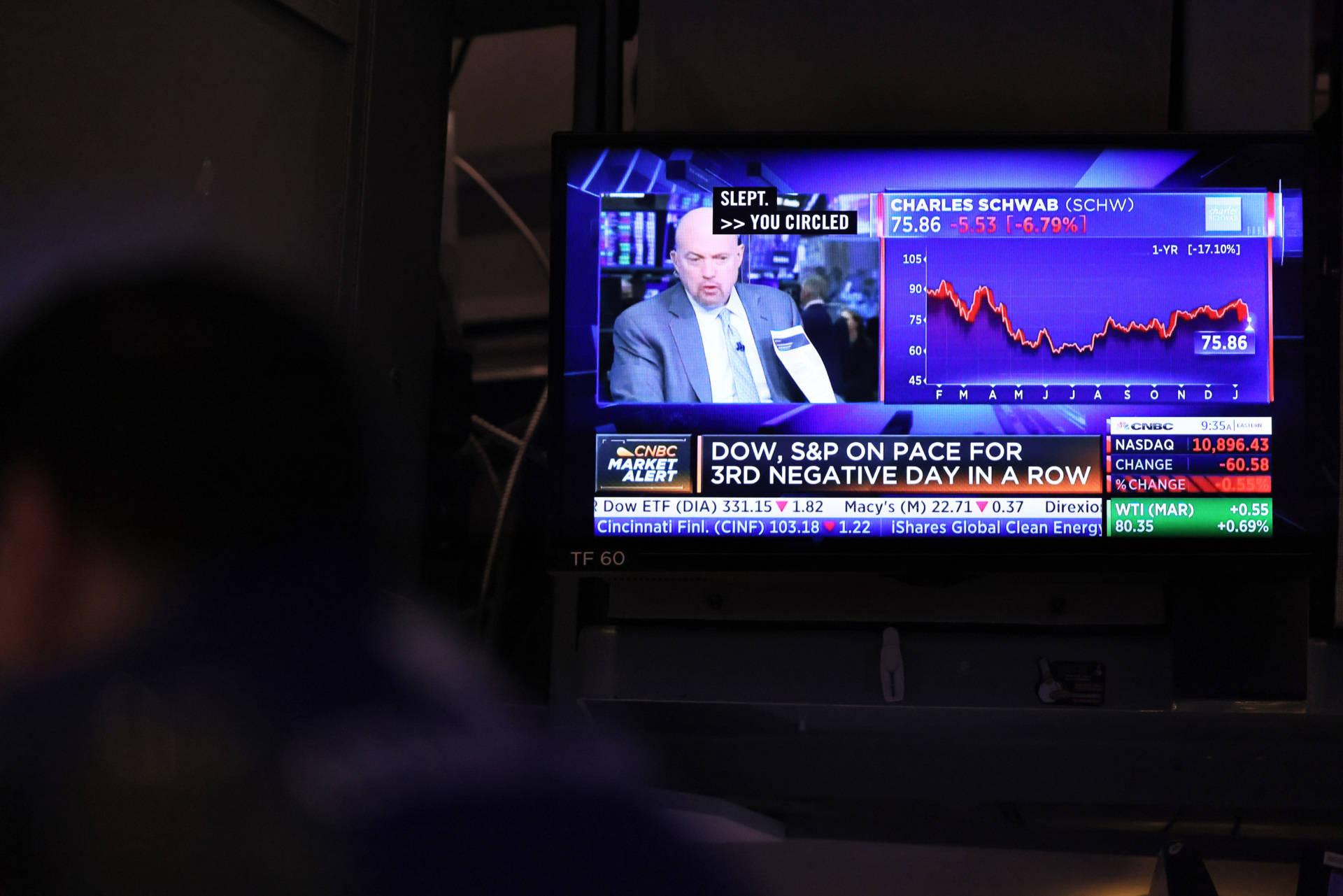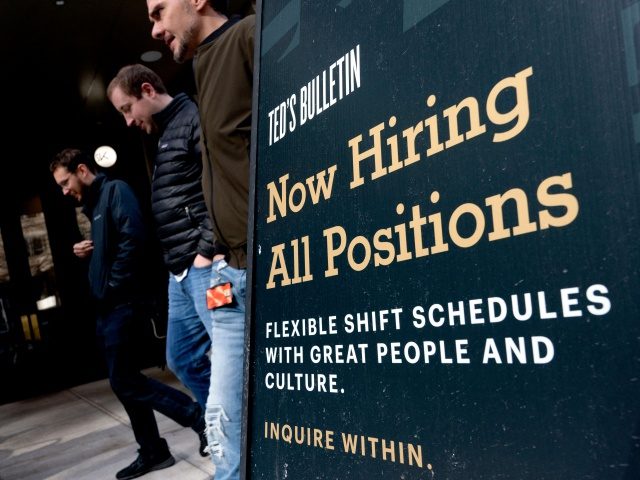This morning’s jobless claims were the latest piece of evidence that the labor market remains extremely hot even as other economic data appears to be foreshadowing a plunge in economic activity.
Jobless claims came in at 190,000, falling 15,000 from the prior week and matching the low hit back in September. As the chart below illustrates, claims have been trending down for two months. Economists had forecast an increase in claims to 215,000. They reasoned that since last week’s decline was substantially slower than the prior weeks, the trend might be coming to an end. And surely all those layoffs in tech that are filling up the pages of the financial press must show up at some point.

The trend against layoffs, however, remains intact. Continuing claims climbed a bit, suggesting it is taking some workers additional time to find work. This, however, may partly be a lagging effect of the year-end holidays. By historical standards, continuing claims are quite low. As a share of the workforce, only 1.1 percent of Americans are collecting unemployment.
This is all the more remarkable because of the depressed state of housing and manufacturing and declining consumer spending. On Thursday, the Commerce Department said construction of new homes fell 1.4 percent in December, which followed a 1.8 percent decline in November. Compared with December of 2021, starts are down 21.8 percent. The leading indicator for home construction, permit applications, is down even more sharply. December permits were down 1.6 percent from the prior month and 29.9 percent from a year earlier.
The Philadelphia Fed told us on Thursday that the manufacturing sector in its region remained in contraction in January for the fifth straight month. That followed the report a few days earlier from the New York Fed that showed a sharp decline in manufacturing activity in January in the Empire State. The Federal Reserve Board’s data on industrial output showed both mining (which includes energy extraction) and manufacturing down for a second consecutive month.
One of the most important leading indicators of the direction of the economy, manufacturing of business equipment, fell 3.6 percent in the final three months of the year. In December alone, this fell 1.9 percent. The production of business supplies—shorter-lived items purchased by firms—declined 1.8 percent in December. While it is tempting to dismiss the decline in supplies output as unimportant, this category—which includes cardboard boxes, tape, manufacturing chemicals, and food supplies for restaurants—accounts for around 7.2 percent of U.S. industrial output.
Yesterday, we detailed the decline in consumer spending at the end of the year. Some of that decline may have been due to consumer exhaustion, but it also largely reflected sales being pulled forward. Nonetheless, weaker sales in December and November would ordinarily have been expected to be met with a decline in payrolls, a rise in unemployment, a fall in job openings, and an uptick in jobless claims. Instead, unemployment fell to 3.5 percent, claims have been headed south, payrolls keep growing, and openings were unchanged in November (the most recent month available).
What’s going on? On Wednesday, the Federal Reserve’s Beige Book said that “many firms hesitated to lay off employees even as demand for their goods and services slowed and planned to reduce headcount through attrition if needed.” This is a phenomenon that many economists have taken to calling “labor hoarding.” It’s not clear how long that can last. Certainly, as corporate profitability is strained and various sorts of economic activity shrivel, the pressure on businesses to shed workers will become enormous.

Financial news is seen in a television screen as traders work on the floor of the New York Stock Exchange on January 19, 2023, in New York City. (Michael M. Santiago/Getty Images)
The last time the U.S. saw robustly growing employment while growth weakened was back in the 1973 to 1975 period, according to a recent analysis by Bank of America. “Back then businesses were reluctant to accept that the economy was in recession. This was in part due to unfamiliarity with how the oil shock could hurt the economy (indeed, macro models at the time did not include oil prices as a variable),” the bank’s U.S. economist Ethan Harris wrote in a note. Today, the problem appears to be that businesses are reluctant to accept that the Fed will continue to push rates higher in a deliberate effort to slow the economy. The bond market shares this skepticism and is currently pricing in the top of the Fed’s range going to five percent and then falling in the second half of this year, something Fed officials swear will not happen.
There’s a strange inconsistency in this as a measure of support for employment. If the economy does not have a serious recession, the Fed is unlikely to cut rates this year. So, a soft landing is actually a path for rates to continue to climb. If the economy contracts enough to force the Fed to rethink its hawkishness on rates, businesses will find themselves with bloated payrolls.
To put it slightly differently: absent a true calamity, the Fed is unlikely to even pause rate hikes unless it sees the labor market soften. But employers are refusing to pullback openings, layoff workers, or cut payrolls on the view that the Fed will probably pause and then cut. It’s the Catch-22 of the 2023 economy.


COMMENTS
Please let us know if you're having issues with commenting.